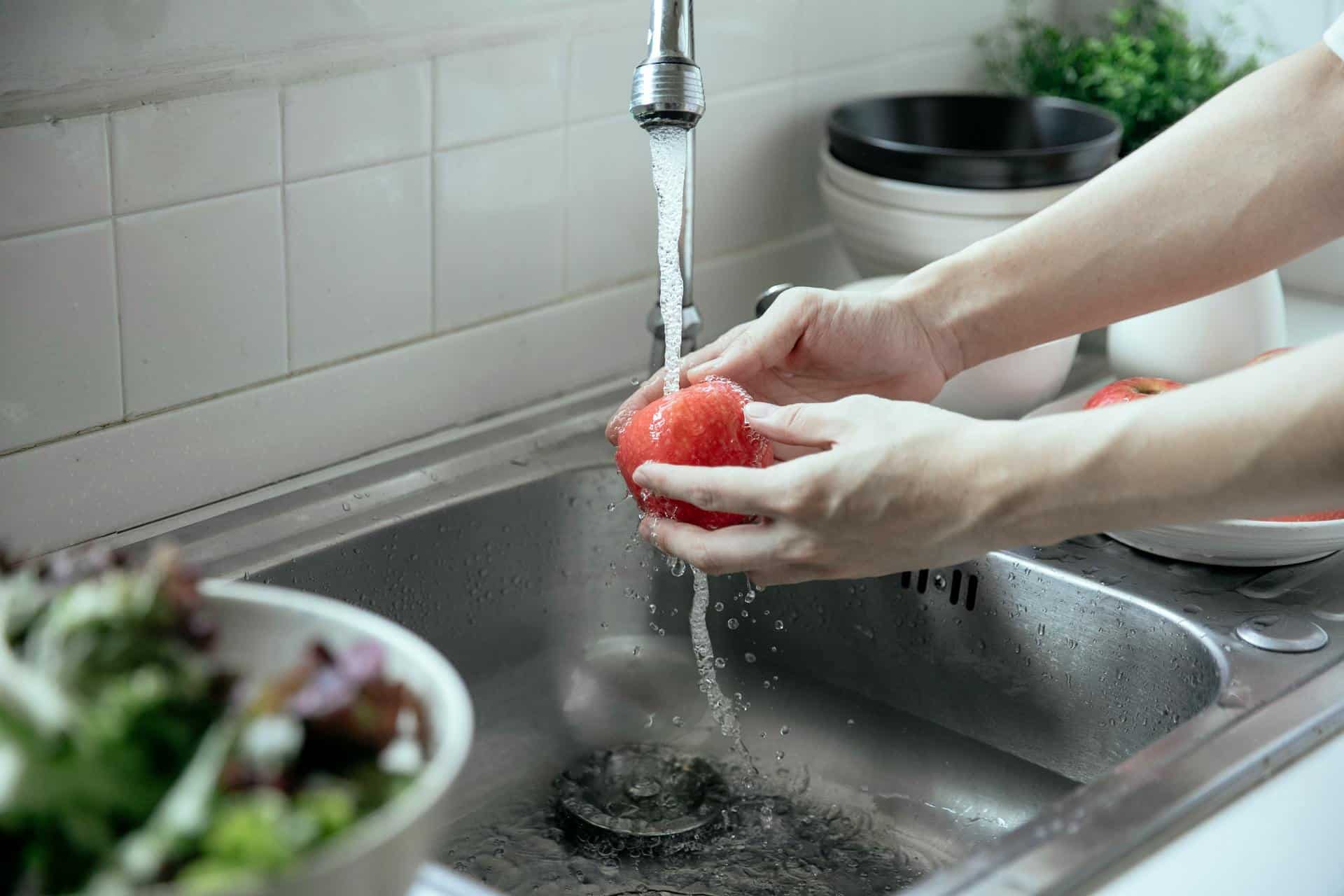
Question: How Do I Increase Water Pressure in My Kitchen Sink?
Answer: To increase water pressure in your kitchen sink check the aerator for clogs and clean or replace it. Partially closed shut-off valves can also restrict flow. If these fail, consider a pressure booster pump.
Boost Your Kitchen Sink’s Water Pressure
Low water pressure in your kitchen sink can frustrate daily tasks. This guide provides clear, actionable steps to diagnose and fix the problem. You can identify the cause and implement solutions, from simple checks to more involved repairs. Restore the strong flow you need for efficient cleaning and food preparation.
Check for Simple Obstructions
Before investigating complex issues, begin with easy checks. Often, a simple blockage restricts water flow. Inspect the aerator, a small mesh screen at the faucet’s tip. Mineral deposits or debris can accumulate here. Unscrew the aerator and rinse it thoroughly. Check the faucet’s handles for full openness. Sometimes, a slightly closed valve reduces pressure. Also, inspect the supply lines beneath the sink. Kinks or bends in these flexible hoses can impede water flow. Straighten any kinks or replace damaged hoses.
Click here for more information on kitchen cabinet refacing Toronto
Related Article: Why Does My Kitchen Drain Smell Bad?
Related Article: What Happens if a Kitchen Sink Doesn’t Have a Vent?
Test Your Water Pressure Regulator
A water pressure regulator, often found near the main water shut-off valve, maintains a safe, consistent water pressure throughout your home. A malfunctioning or incorrectly set regulator can cause low pressure. To test it, you’ll need a water pressure gauge, available at most hardware stores. Attach the gauge to an outside faucet, as this provides the most accurate reading. The ideal water pressure for most homes is between 40 and 60 psi (pounds per square inch). If your reading is significantly lower, you might need to adjust or replace the regulator.
Adjusting Your Water Pressure Regulator
Most regulators have an adjustment screw. Turning this screw clockwise increases pressure, counterclockwise decreases it. Make small adjustments and retest the pressure until you reach the desired level. If adjustments don’t improve the pressure, the regulator may need replacement. Consult a plumber if you are uncomfortable working with plumbing systems.
Investigate Low Water Pressure Throughout Your Home
If low water pressure affects more than just your kitchen sink, the problem likely lies within your main water supply. Check other faucets and appliances, like showers and toilets. Low pressure everywhere suggests an issue with the main water line or the city’s water supply. Contact your local water utility to inquire about potential problems in your area. They can confirm whether the issue originates from their system. If the utility reports no issues, you may need a plumber to inspect your home’s plumbing for leaks or other problems.
Consider a Water Pressure Booster Pump
If you’ve ruled out other causes and still experience low pressure, a water pressure booster pump might be the solution. These pumps increase water flow throughout your house or to specific fixtures like your kitchen sink. Booster pumps come in different sizes and capacities. Choose one that suits your needs and plumbing system. Installing a booster pump often requires professional help due to electrical connections and plumbing modifications.
Choosing the Right Booster Pump
Several factors influence booster pump selection, including the size of your home, the number of fixtures, and the desired pressure increase. Consulting a plumber can help determine the appropriate pump for your specific situation. They can assess your plumbing system and recommend the best solution for optimal water pressure.
Conclusion
Addressing low water pressure in your kitchen sink involves a systematic approach. By starting with simple checks and progressively investigating more complex causes, you can pinpoint the source of the problem. From cleaning the aerator to installing a booster pump, the solutions vary in complexity. Remember, safety is paramount. If you are unsure about any step, contact a qualified plumber. Restoring strong water pressure will enhance your kitchen’s functionality and make daily tasks easier. [ 1 ]
References
1. https://www.bhg.com/low-water-pressure-in-kitchen-sink-8721041

Blue Malue Get in touch with Blue here.
